The Antikythera Mechanism, a remarkable artifact retrieved from a shipwreck off the Greek island of Antikythera in 1901, continues to intrigue researchers and enthusiasts. This ancient astronomical calculator was discovered by sponge divers. It is dated to around 60 BCE. It showcases a sophisticated system of gears. These gears likely tracked celestial movements, lunar phases, and calendars. The calendars include both the Egyptian and Greek lunisolar systems. The recent paper by Prof. Esteban Guillermo Szigety and Dr. Gustavo Francisco Arenas, titled The Impact of Triangular-Toothed Gears on the Functionality of the Antikythera Mechanism, examines the mechanism’s performance by modeling the effects of triangular gear teeth and manufacturing inaccuracies. Their conclusions suggest that the mechanism may have been non-functional or a mere toy. These claims are agenda driven. They rely more on speculative interpretation than rigorous science. This is especially true given the artifact’s degraded state after two millennia underwater.
A Fragile Foundation
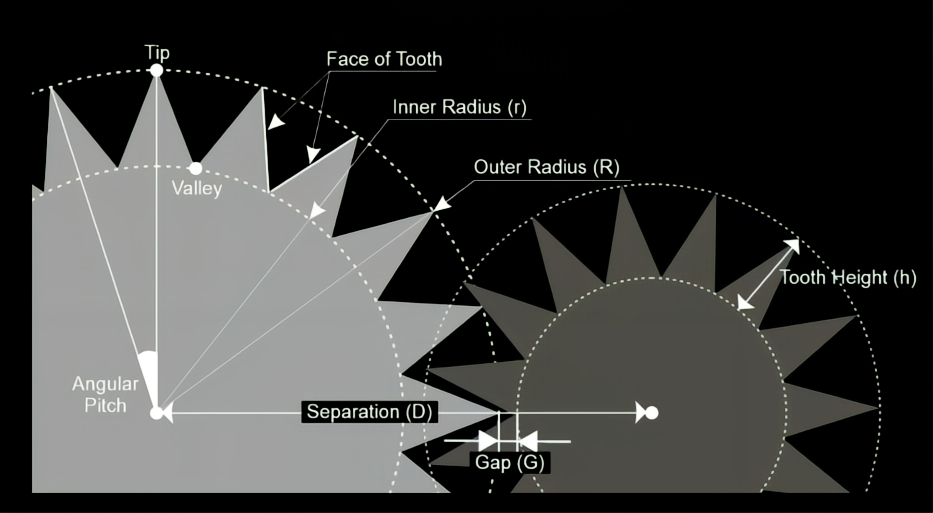
Functionality of the Antikythera Mechanism, arXiv
The authors’ study relies on a computational model. This model combines Alan Thorndike’s analytical solution for triangular tooth motion with Mike Edmunds’ error model. The error model is based on CT scans of the mechanism’s fragments. They argue that triangular teeth could have caused gear jamming or disengagement, rendering the device inoperable. Their simulations suggest the mechanism would fail after 120 days under Edmunds’ measured errors. This leads to the bold claim that the mechanism never functioned.
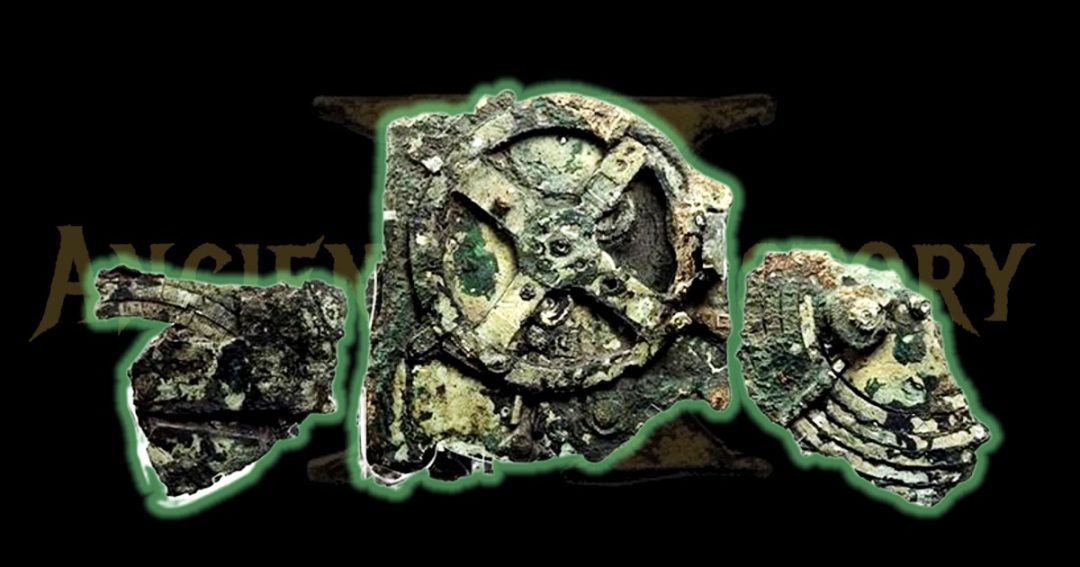
This interpretation lacks stability. The Antikythera Mechanism has endured over 2,000 years submerged, facing corrosion, encrustation, and physical damage that fragmented its bronze gears. The authors note that “the effects of 2,000 years underwater likely caused corrosion that may have deformed the gears” and that “the resolution of the computed tomography scans might not be sufficient to precisely detect the tips or valleys of the teeth.” Yet, they base their model on these compromised measurements, treating them as reliable proxies for the mechanism’s original state. The model assumes perfect gear circularity, symmetrical triangular teeth, and a 40% gear separation: parameters unverified by physical evidence. Such assumptions, combined with the random initial angle assignments, introduce variables that may skew results, resembling speculative fiction built on a foundation of eroded metal.
The Wishful Leap
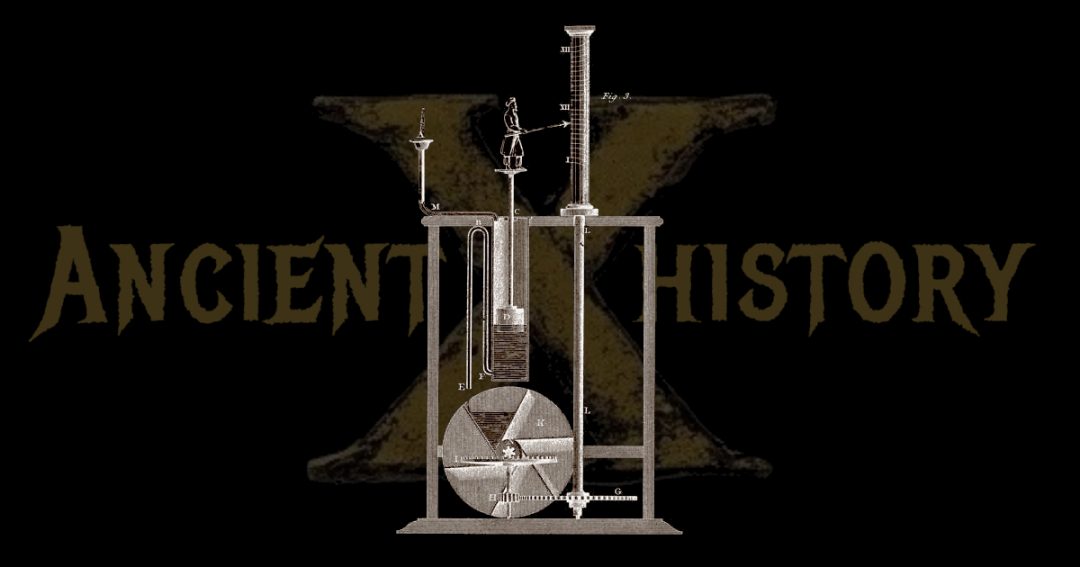
The leap to suggest the mechanism might never have functioned appears overly ambitious. The Antikythera Mechanism’s intricate design implies a high level of craftsmanship and purpose. It displayed lunar and solar positions, eclipse predictions, and calendars. This contradicts the idea of it being a non-functional prototype. Ancient Greek engineers, known for devices like the Clepsydra (a bronze water clock), likely had the skill to create a working device. This raises a question: why invest effort in a system doomed to fail due to manufacturing flaws?The paper’s alternative suggests that errors were smaller than Edmunds’ estimates. This seems like a convenient escape hatch. It is unsupported by direct evidence. It relies on the assumption that the mechanism’s original precision exceeded what modern imaging can discern.
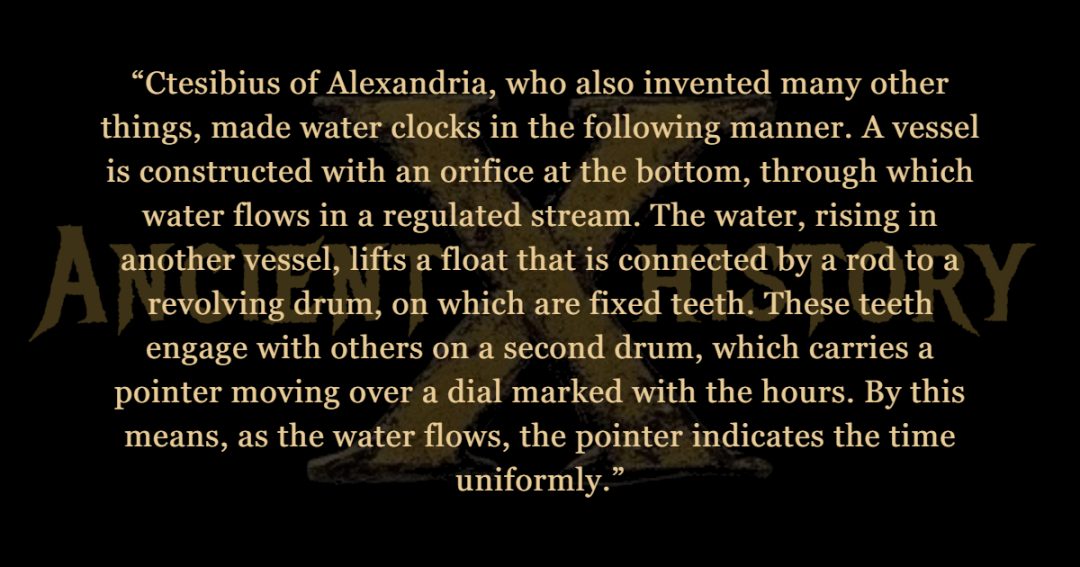
The authors’ reliance on a 40% gear separation, determined through computational modeling, raises concerns. This arbitrary choice, tested against Edmunds’ error scenarios, aligns with their narrative of potential failure. However, without physical evidence of original spacing, lost to time, this parameter remains a guess presented as a finding. The simulation’s exclusion of the pin-and-slot device, which adjusts for lunar anomalies, and its sensitivity to initial angles further complicate the analysis, suggesting a model tailored to produce dramatic results rather than reflect historical reality. This approach overlooks the possibility that ancient makers adapted to imperfections, a practice evident in other Greco-Roman technologies.
Counterarguments from the Field
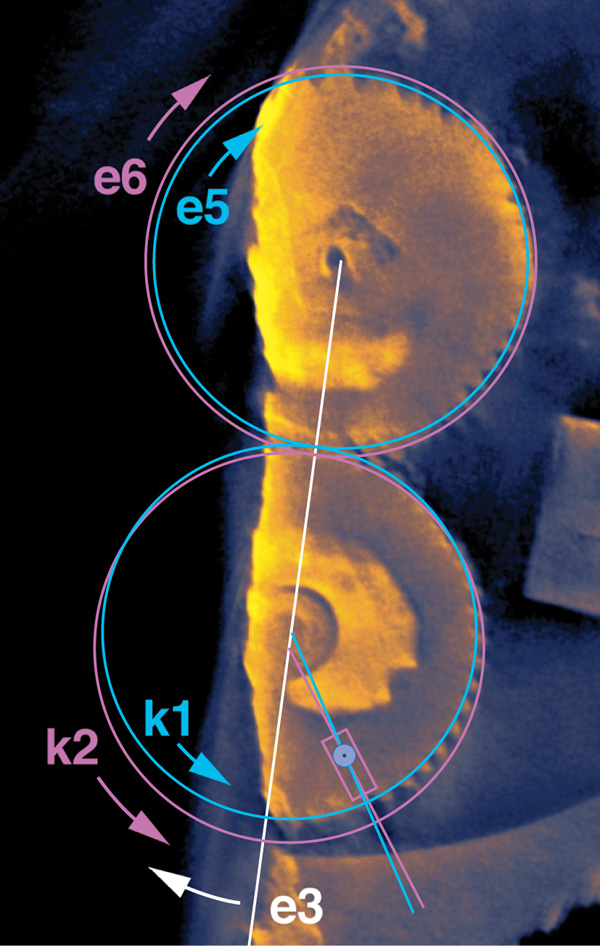
Tony Freeth, a leading Antikythera scholar, and his team reconstruct the mechanism’s gear trains based on surviving fragments and inscriptions, demonstrating that it could perform its intended astronomical functions with reasonable accuracy. Their 2006 Nature study indicates the device was a practical tool. Accounting for manufacturing tolerances consistent with ancient bronze-working techniques. Freeth’s models, incorporating the pin-and-slot mechanism, show deviations far smaller than the catastrophic failures predicted by Szigety and Arenas, challenging the notion of widespread jamming.
Recent work strengthens this view. A 2020 study by Alexander Jones, published in A Portable Cosmos, analyzes new X-ray data, suggesting the mechanism operated within acceptable error margins for its era. Experimental replicas, such as those by Michael Wright, demonstrate functionality using period materials and techniques, with errors aligning with Edmunds’ lower-bound estimates.

The Corrosion Conundrum
The paper’s own admission of corrosion’s impact undermines its confidence in Edmunds’ error measurements. Corrosion could exaggerate tooth misalignment or gear eccentricity, inflating error values beyond the mechanism’s original state. A 2012 study by Efstathiou and colleagues measures an average tooth height of 1.1 mm, but this data derives from degraded fragments recovered from the wreck. Archaeological reports indicate salt water and marine organisms caused pitting and warping, potentially doubling perceived errors. Without pristine originals, any model assuming these dimensions as representative remains speculative. Advanced imaging techniques, such as synchrotron radiation proposed in ongoing research by the Antikythera Mechanism Research Project, may refine our understanding, but current CT scan resolutions (limited to 50-100 microns) cannot capture fine details, further questioning the paper’s sweeping conclusions.
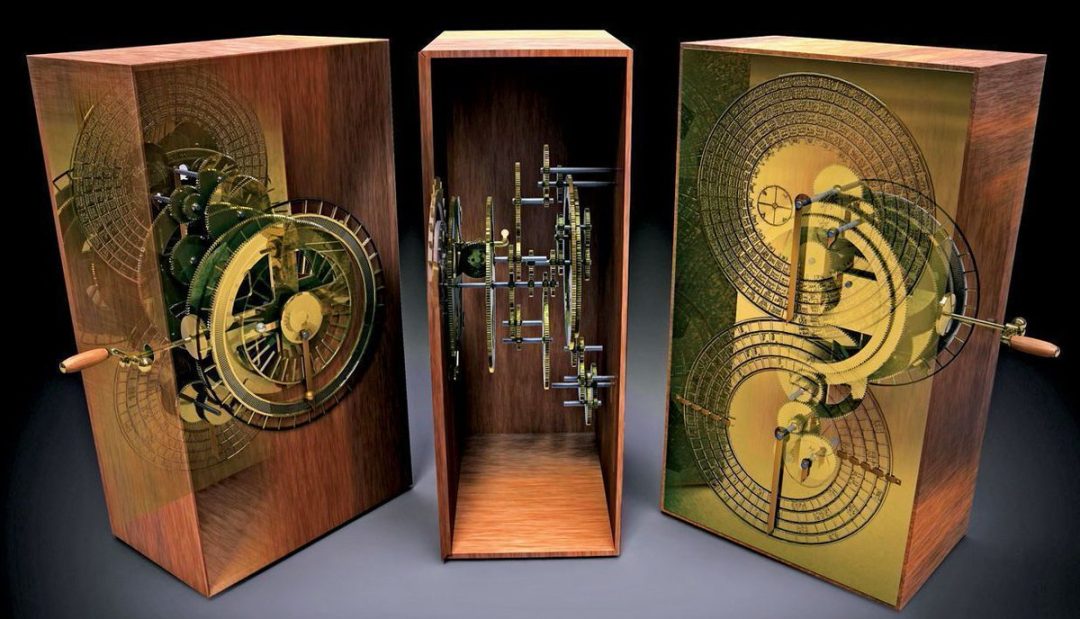
Published in ABC 19/2015
Conclusion: A Call for Caution
Szigety and Arenas’ study offers an interesting computational exercise, but its interpretation overreaches. The Antikythera Mechanism’s condition after 2,000 years underwater makes its fragments unreliable for error analysis. This renders the paper’s results a fragile hypothesis. The device’s historical significance suggests it was functional. The success of physical reconstructions also supports this idea. It likely operated within acceptable error margins for its time. Ancient engineering, as seen in Roman water clocks, supports the plausibility of such precision. Rather than questioning its purpose, researchers should focus on developing non-invasive techniques (like enhanced X-ray or 3D modeling) to better preserve and analyze the artifact, recognizing the limits of current evidence. Until then, claims of non-functionality or exaggerated errors remain more a product of modern imagination than ancient reality.
References
- Efstathiou, K., et al. (2012). Determination of the gears geometrical parameters…. Mechanism and Machine Theory, 52, 219-231.
- Freeth, T., et al. (2006). Decoding the ancient Greek astronomical calculator…. Nature, 444(7119), 587-591.
- Jones, A. (2017). A Portable Cosmos: Revealing the Antikythera Mechanism…. Oxford University Press.
- Wright, M. T. (2005). The Antikythera Mechanism and the Early History of the Moon…. Horological Journal.

